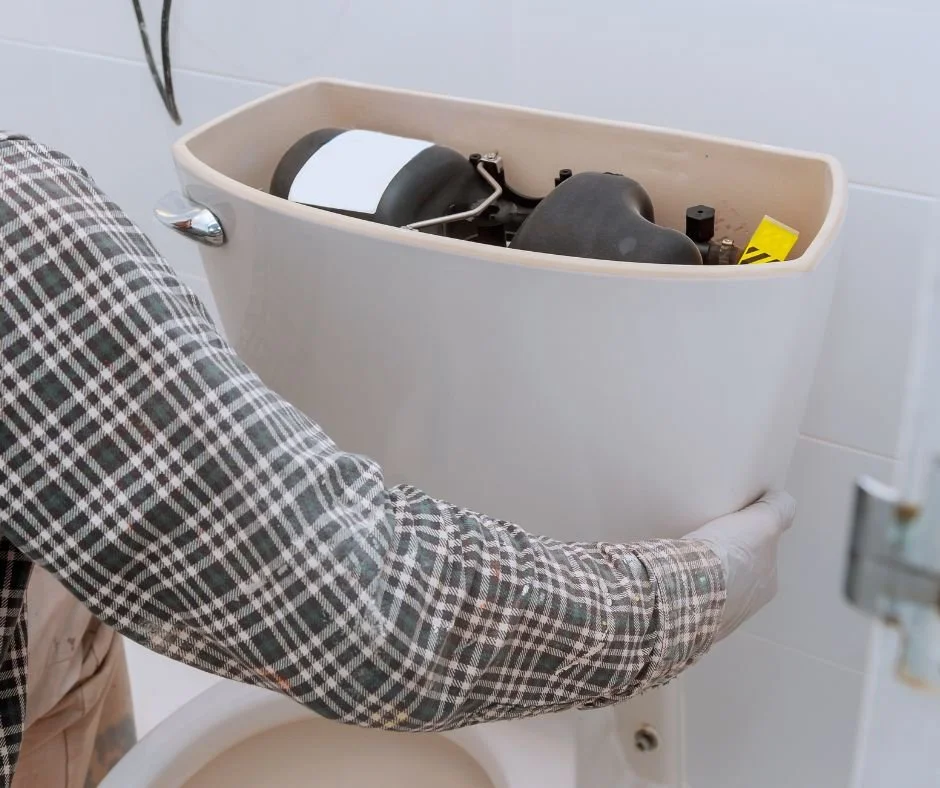3 Essential Plumbing Tips for Homeowners in Central Florida
April in Central Florida is a unique time of year. As the spring rains begin to pour, humidity levels rise, and the region transitions from mild temperatures to hotter, more humid days. It’s the perfect time for homeowners to tackle plumbing maintenance to ensure their systems are ready for the upcoming summer heat. At Dickens Plumbing, we understand the importance of having a functional, efficient plumbing system year-round. In this blog, we’ll cover three essential plumbing tips for homeowners in Central Florida this April to help you avoid common issues, save on energy bills, and prepare for the warmer months ahead.
Inspect Your Water Heater Before the Heat Hits
As temperatures rise, you’ll begin to rely on your water heater less frequently for heating purposes, but it will still play a crucial role in providing hot water for daily activities like showering, cleaning, and cooking. This April, take the time to inspect your water heater to make sure it’s in top working condition before the real heat of summer arrives.
One key thing to check is the temperature setting on your water heater. In Central Florida, you don’t need to keep your water heater running at high temperatures. A setting between 120°F and 130°F is optimal for most households. Anything higher can lead to unnecessary energy consumption, while lower settings may not provide sufficient hot water for your needs.
While you’re inspecting, check for any signs of leaks, corrosion, or unusual noises. A water heater that’s malfunctioning or showing signs of wear could result in an emergency repair in the middle of summer, which is a stressful and costly situation. It’s better to address small issues now rather than wait until they become big problems when temperatures spike.
If you notice any issues or simply don’t feel comfortable performing the inspection yourself, consider calling a licensed plumber to give your water heater a thorough inspection. Dickens Plumbing’s professional team is here to help with both preventative maintenance and repairs, ensuring your home stays comfortable year-round.
Check Your Irrigation System to Prevent Water Waste
In Central Florida, we experience periods of heavy rainfall followed by stretches of intense sun. With these fluctuating weather conditions, managing your irrigation system effectively is crucial for maintaining a healthy lawn while conserving water.
April is a great time to check your irrigation system and make sure it’s functioning properly. This includes checking for broken sprinkler heads, clogged nozzles, and ensuring that the system is only running when necessary. An inefficient irrigation system could lead to water waste, driving up your utility bills and possibly causing damage to your landscaping.
Start by running a test cycle to make sure the system is working as it should. Look out for any signs of leaks or areas that are receiving too much water. Additionally, take this opportunity to adjust the sprinkler heads to avoid watering your driveway, sidewalk, or street, as this is a common issue in many Central Florida homes.
If your irrigation system isn’t performing properly or you're unsure of the settings, consider reaching out to Dickens Plumbing for expert advice. Our team can help you optimize your system to ensure your home’s landscaping is efficiently watered, especially as you prepare for the upcoming rainy season. By maintaining your irrigation system now, you’ll not only save on water costs but also prevent potential plumbing issues that can arise from inefficient systems.
Prevent Drain Clogs with Regular Maintenance
Drain issues are one of the most common plumbing problems homeowners face, and April is the perfect time to prevent them before they worsen in the summer. With the increase in rain and humidity, drains in Central Florida homes often get clogged more frequently due to excess debris, leaves, and other particles entering the system.
Start by taking a close look at the drains in your kitchen and bathrooms. Make sure that you’re not dumping grease, oils, or food scraps down the kitchen sink, as these substances can cause blockages. In the bathroom, hair is the leading cause of clogs, so consider investing in a drain guard or regularly cleaning your drains to prevent build-up.
Another helpful tip is to perform a simple drain maintenance routine. Pouring a mixture of baking soda and vinegar down your drains every month can help break up debris and keep your pipes clean. It’s a natural way to maintain the plumbing system without relying on harsh chemicals that could damage your pipes.
If you’re noticing slow drainage or odors coming from your drains, it’s important to address these signs early before they turn into larger, more costly issues. Dickens Plumbing provides professional drain cleaning services to ensure that your pipes are free from obstructions, and we can help you maintain the health of your system year-round.
April in Central Florida brings a unique set of challenges for homeowners, from increased humidity to fluctuating rain patterns. By following these three essential plumbing tips—inspecting your water heater, maintaining your irrigation system, and preventing drain clogs—you can ensure that your plumbing system is in optimal condition to handle the upcoming season.
Don’t wait until summer to take action. A little bit of proactive maintenance now can save you from costly repairs and unexpected breakdowns down the road. At Dickens Plumbing, we are committed to keeping your home’s plumbing running smoothly throughout the year. If you need help with any of these tasks, don’t hesitate to give us a call. Let us help you make this spring season a smooth and stress-free experience for your plumbing system!


















